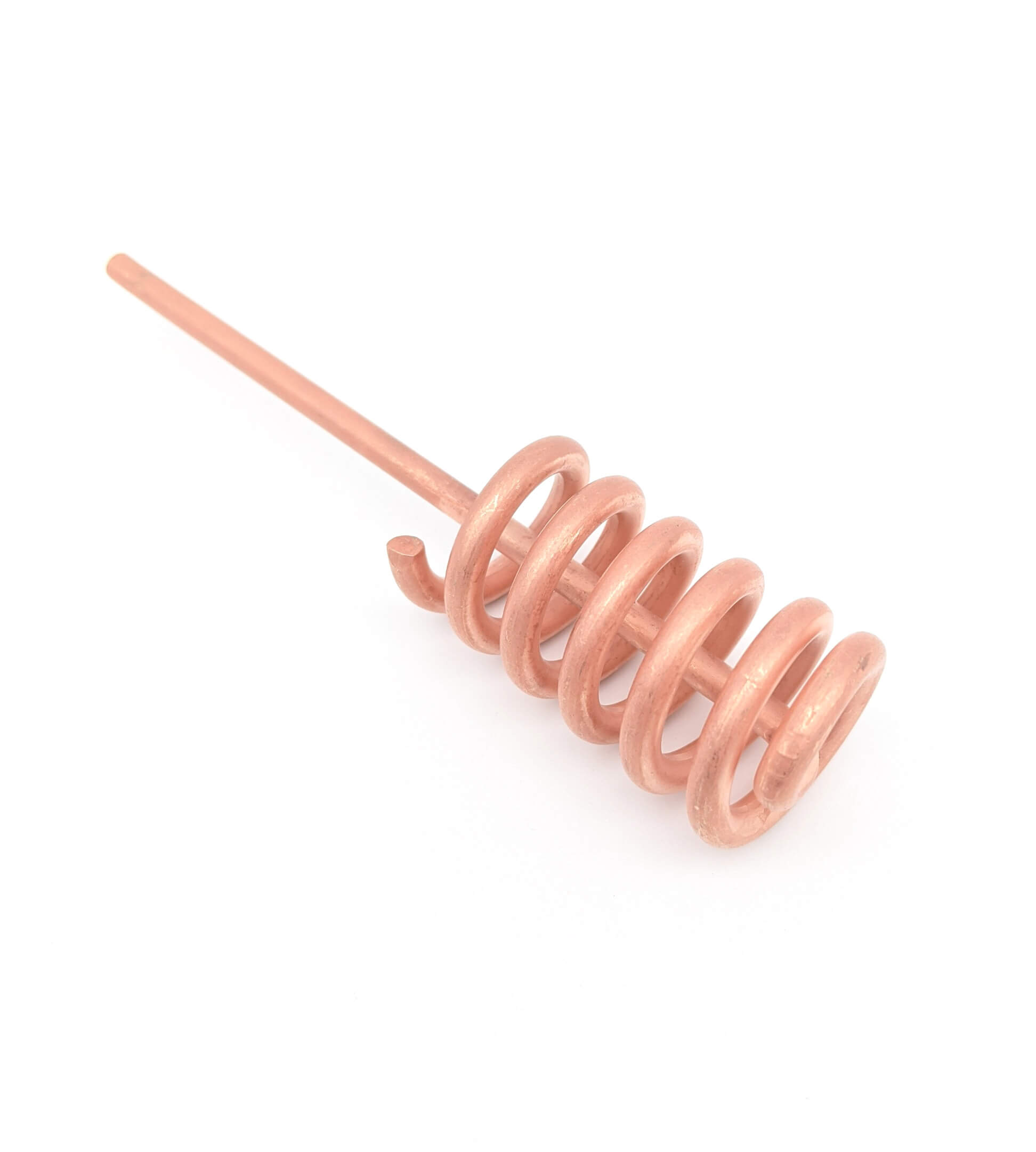Get unique, complex parts easily. No matter your requirements, Chaoyi Spring creates hard-to-produce coil springs and wire forms.
Let us help you create the custom wire form you need, from S-hooks and J-hooks to utility hooks and more.
We work closely with customers across a wide range of industries, helping them design and manufacture made-to-order parts.
Why choose Chaoyi Spring? We prioritize customer-focused collaboration, modern equipment and the latest technology to make your parts per print.
Find the information and guidance you need, from measuring a spring to learning about materials, placing an order and much more.
Compression springs, ubiquitous in countless machines and devices, play a vital role in storing and releasing mechanical energy. These coiled marvels, often unseen yet indispensable, are found everywhere from the


Compression springs, ubiquitous in countless machines and devices, play a vital role in storing and releasing mechanical energy. These coiled marvels, often unseen yet indispensable, are found everywhere from the smallest household appliances to the largest industrial equipment. This article delves into the fascinating world of compression springs, exploring their design principles, various types, and wide-ranging applications. We'll also uncover the critical factors influencing their selection and understand how their properties impact overall system performance.

A compression spring, as the name suggests, is designed to absorb and release energy when compressed. Essentially, it's a coiled wire that stores potential energy when subjected to a compressive force. This stored energy is then released when the force is removed, allowing the spring to return to its original length. The defining characteristic of a compression spring is its ability to exert a force proportional to its deflection, making it an ideal component for numerous applications.
The design of a compression spring involves several critical parameters that significantly influence its performance. These parameters include:
The relationship between these parameters can be described mathematically using Hooke's Law, which states that the force exerted by a spring is directly proportional to its deflection. This equation is essential for accurately predicting the spring's behavior under various load conditions.
Compression springs come in a variety of forms, each designed to meet specific requirements. Some common types include:
Compression springs find applications in a wide array of industries and products, playing a crucial role in ensuring smooth operation, safety, and performance. Here are some notable examples:
Selecting the right compression spring involves careful consideration of several factors, including:
Compression springs are indispensable components in a vast array of mechanical systems. Understanding their design principles, types, and applications is crucial for engineers and designers seeking to create efficient and reliable products. By carefully considering the factors discussed above, selecting the appropriate spring for any given application can significantly impact system performance and longevity. The subtle yet powerful workings of compression springs continue to drive innovation and progress across countless industries, proving their enduring relevance in the world of mechanical engineering.
In conclusion, compression springs remain essential elements in mechanical design, offering a reliable and efficient means of storing and releasing mechanical energy. Understanding their design, types, and applications empowers engineers and designers to select the optimal spring for their specific needs, ensuring smooth operation, safety, and optimal performance. As technology evolves, the role of compression springs in innovation continues to be critical, ensuring their continued relevance in the future of mechanical engineering.
Browse some of the custom wire forms and springs that we manufacture. Don’t see what you need? We specialize in made-to-order products that meet your application requirements.
Visit Our GalleryNeed a custom wire form or coil spring? We make it work. Fill out the contact form and a representative will respond within 1 business day. If you have a PDF or CAD file, you can submit to request a quote.